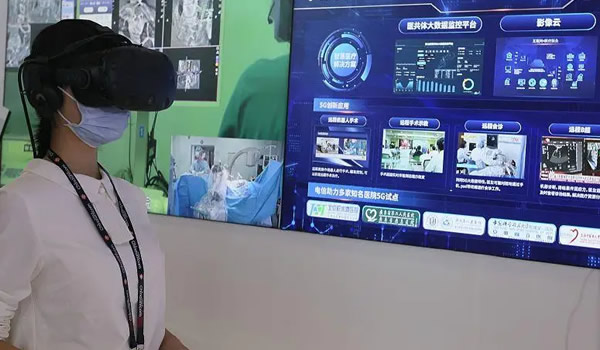Prostate cancer is the second most common cancer in men globally and a rapidly rising health concern in Asia due to aging populations and lifestyle changes. This article explores treatment strategies for prostate cancer in Asia, including surgery, radiotherapy, hormone therapy, advanced drugs, and future innovations.

Prostate Cancer in Asia: Current Landscape
- Global incidence: More than 1.4 million new prostate cancer cases annually.
- Asia’s numbers: Japan and South Korea: Higher detection rates due to widespread PSA screening. China and India: Lower detection rates but rapidly increasing cases. Southeast Asia: Late diagnoses remain common.
- Risk factors: Age, family history, high-fat diets, low physical activity.
- Challenges in Asia: Limited screening programs in many countries. Cultural stigma preventing early consultation.
Surgical Treatments
Radical Prostatectomy
- Complete removal of the prostate gland.
- Open surgery, laparoscopic, and robotic-assisted surgery widely available in Japan, South Korea, Singapore, and India.
- Robotic surgery adoption: Strong growth in developed Asia due to faster recovery and precision.
Focal Therapy
- Cryotherapy, high-intensity focused ultrasound (HIFU).
- Used for localized cancer, sparing surrounding tissue.
- Growing adoption in Japan and China.
Radiation Therapy
- External Beam Radiation Therapy (EBRT): Widely available across Asia.
- Intensity-Modulated Radiation Therapy (IMRT): More precise, reduces side effects.
- Brachytherapy (internal radiation): Increasing in Japan and Singapore.
- Proton Therapy: Available in Japan, South Korea, and China’s major centers.
Hormone Therapy (Androgen Deprivation Therapy, ADT)
Medical Castration
- LHRH agonists (leuprolide, goserelin) and antagonists (degarelix).
- Widely used for advanced cases.
Surgical Castration
- Orchiectomy (removal of testes) still performed in low-resource regions.
Combination Therapy
- ADT combined with radiotherapy for better outcomes.
- Widely practiced in Japan and South Korea.

Advanced Drug Therapies
Anti-Androgens
- Bicalutamide, enzalutamide, apalutamide.
- Increasingly available in China, Japan, and India.
Androgen Synthesis Inhibitors
- Abiraterone acetate (Zytiga): Common in advanced prostate cancer.
Chemotherapy
- Docetaxel standard for metastatic disease.
- Cabazitaxel as second-line therapy.
Immunotherapy
- Sipuleucel-T approved in the US; clinical trials in Asia.
- Checkpoint inhibitors under research in China and South Korea.
Regional Insights
- Japan: Advanced robotic surgery, proton therapy, and widespread drug availability.
- South Korea: Strong national cancer registry; early detection rates high.
- China: Rapidly growing access to advanced drugs; increasing robotic surgery centers.
- India: Affordable generic drugs; late-stage diagnosis remains a challenge.
- Southeast Asia: Limited access to advanced therapies; urban-rural healthcare gaps significant.
Challenges in Asia
- Late Diagnosis: Many cases detected at metastatic stage.
- Screening Limitations: PSA testing not uniformly adopted.
- Cost Barriers: Advanced drugs and robotic surgery expensive.
- Awareness: Men less likely to seek early medical care.
Future of Prostate Cancer Care in Asia
- Wider PSA screening programs for early detection.
- Genomic profiling to guide personalized therapy.
- AI-driven imaging for precise staging and treatment planning.
- Expansion of robotic and minimally invasive surgery across more centers.
- Immunotherapy and targeted drugs becoming more accessible.

Conclusion
Prostate cancer is a growing health burden in Asia, with increasing incidence due to aging demographics. Surgery, radiotherapy, and hormone therapy remain the cornerstones of treatment, while advanced drugs and immunotherapy are shaping the future.
The key to improved outcomes lies in early detection, affordable access to advanced treatments, and greater public awareness, ensuring men across Asia receive timely and effective care.